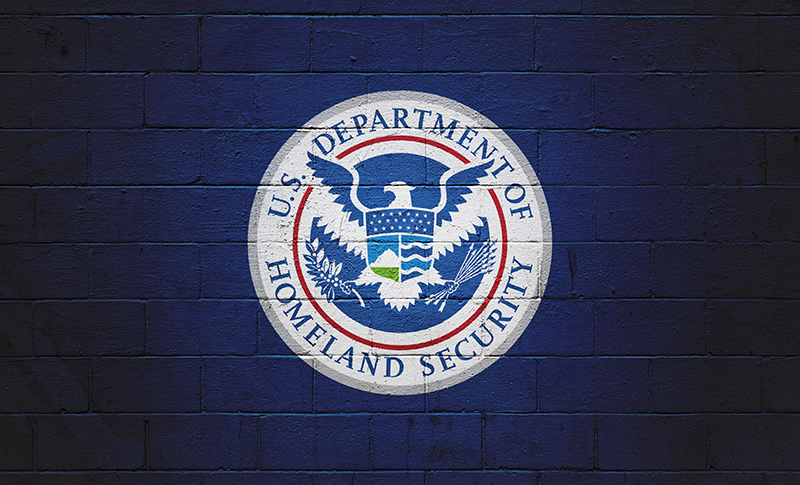How the Patent Eligibility Restoration Act 2023 Can Be Still Further Improved
“The location of the Section 2 Declaration, solely in the Congressional findings / preamble portion of the PERA of 2023, jeopardizes its ability to be accorded any weight in a court’s interpretation of Section 101.”
On June 22, Senators Thom Tillis (R-NC) and Chris Coons (D-DE) introduced the Patent Eligibility Restoration Act (“PERA”) of 2023.
Elsewhere, I have discussed the substantive changes that the PERA of 2023 made to its predecessor, the PERA of 2022; how several of the changes in the 2023 legislation to the proposed updated version of Section 101 of the Patent Act directly addressed criticisms of statutory language originally proposed in the PERA of 2022; and why the changes result in a clearer bill that even further enhances patent eligibility.
I now consider the question: as good as the new proposed Section 101 reads in the PERA of 2023, is there room for still further improvement? The answer is “yes,” for the reason discussed below.
The ‘Judicial Exceptions’ Elimination Declaration in Section 2 of the PERA of 2023
Section 2 of the PERA of 2023 (Congressional findings / preamble) declares: “All judicial exceptions to patent eligibility are eliminated.” This declaration (“the Section 2 Declaration”) only appears in Section 2, and is absent from the proposed amended Patent Act Sections 100 and 101 text recited in Section 3 of the PERA of 2023.
The Section 2 Declaration expresses an intent to legislatively overrule troublesome Supreme Court precedent concerning Section 101. As I have asserted previously, even the PERA of 2022 already implicitly overruled that precedent, due to its proposed revisions to both Sections 100 & 101 of the Patent Act. The Section 2 Declaration thus makes express what the proposed statutory revisions already imply.
Yet, the location of the Section 2 Declaration, solely in the Congressional findings / preamble portion of the PERA of 2023, jeopardizes its ability to be accorded any weight in a court’s interpretation of Section 101.
The Stringent Requirement of a ‘Clear and Certain Signal from Congress’
In the patent eligibility case of Parker v. Flook (1978), the Supreme Court quoted Deepsouth Packing Co. v. Laitram Corp (1972) (with emphasis added here):
[We] should not expand patent rights by overruling or modifying our prior cases construing the patent statutes, unless the argument for expansion of privilege is based on more than mere inference from ambiguous statutory language. We would require a clear and certain signal from Congress before approving the position of a litigant who, as respondent here, argues that the beachhead of privilege is wider, and the area of public use narrower, than courts had previously thought.
Although “Congress intended to overturn the holding in Deepsouth” regarding a separate statute (§ 271(f) – see Cardiac Pacemakers (Fed. Cir. 2009)), the above quote from Deepsouth survives, as demonstrated by its recitation in Bristol-Myers Squibb Co. v. Rhone-Poulenc Rorer, Inc., 95 Civ. 8833, 2001 U.S. Dist. LEXIS 16895, 2001 WL 1263299 (D. Del. Oct. 19, 2001). Thus, the Parker v. Flook quote of Deepsouth remains a part of United States patent eligibility law.
As stated in a 2023 Fourth Circuit decision: “[A]bsent a clear manifestation of contrary intent, a newly-enacted or revised statute is presumed to be harmonious with existing law and its judicial construction.” (emphasis added; citations and internal quotation marks omitted); see also Helsinn Healthcare (2019) (“[W]e presume that when Congress reenacted the same language in the AIA, it adopted the earlier judicial construction of that phrase.”). Accordingly, the Parker – Deepsouth requirement for “a clear and certain signal from Congress” sets the bar quite high to convince a court that Congress intended to overrule Supreme Court precedent by amending the Patent Act.
Certainly, the text of the Section 2 Declaration, when considered in isolation, reads like a clear statement of Congressional intent. Yet its sole location in the PERA of 2023 preamble gives a court an escape hatch to avoid its consideration when interpreting Section 101.
“[I]n America ‘the settled principle of law is that the preamble cannot control the enacting part of the statute in cases where the enacting part is expressed in clear, unambiguous terms.’” District of Columbia v. Heller (2008) at Footnote 3 (citation omitted). “Or to put the point differently, operative provisions should be given effect as operative provisions, and prologues as prologues.” Id; see also id. at Footnote 4 (“a prologue can be used only to clarify an ambiguous operative provision . . . .”) and Hymas (Fed. Cir. 2016) (“In any event, a preamble cannot overcome the statute’s plain language.”) (citing Heller). Thus, if Congress were to enact the amendments to Section 101 as presently written and a court were to deem the amended Section 101 “unambiguous,” then it would be free to disregard the PERA Congressional findings altogether, including the Section 2 Declaration.
Congress Should Copy the Section 2 Declaration Into Section 101 Itself
To further strengthen Section 101, Congress should copy the text of the Section 2 Declaration into Section 101 itself and add therein a statement of intent to overrule judicial precedent inconsistent with amended Section 101. This would more strongly align the statutory text with legislative intent and would further reduce the possibility of a judicial interpretation at odds with the Section 2 Declaration.
Congress ought to therefore consider further amending Section 101 to insert a new subsection (a) stating “All judicial exceptions to patent eligibility are eliminated, and to the extent judicial precedent invoked patent eligibility exceptions not enumerated in this Section, all such judicial precedent is hereby expressly overruled,” and to renumber the ensuing subsections accordingly.
Image Source: Deposit Photos
Author: tashatuvango
Image ID: 31248541
Michael Cicero
Michael Cicero is an intellectual property attorney with Taylor English Duma, LLP, located in Atlanta, Georgia. His career in the private practice of intellectual property law includes litigation and spans […see more]







